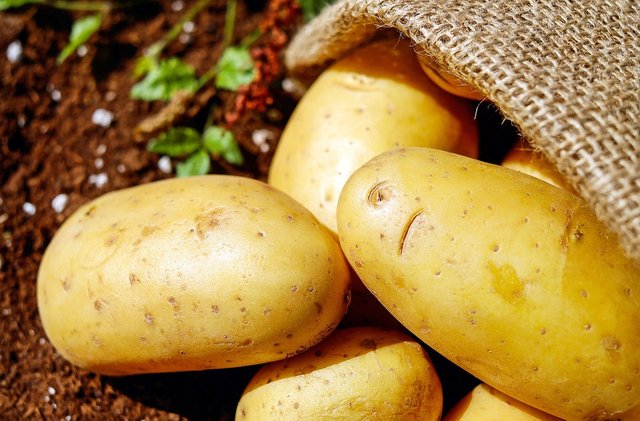Vegetable
Most gardeners get pretty excited about the first home-grown tomatoes of the year. A lot of people also find it difficult to be entirely rational about the last. Tomatoes are not just the soul of a salad, they're the sand between our toes, the fireflies on soft summer nights -- the quintessence of warm ripeness. No wonder, when the nights grow cool, that gardeners scramble to save their tomatoes.

Legal vegetables are defined for regulatory, tax and other purposes. An example would include the tomato, which is a botanical berry, but a culinary vegetable according to United States law. (The United States also considers tomato sauce on pizza a vegetable for serving size purposes in school lunches

Vegetables can be eaten either raw or cooked and play an important role in human nutrition, being mostly low in fat and carbohydrates, but high in vitamins, minerals and fiber. Many governments encourage their citizens to consume plenty of fruit and vegetables, five or more portions a day often being recommended.

This is a list of plants that have a culinary role as vegetables. "Vegetable" can be used in several senses, including culinary, botanical and legal. This list includes botanical fruits such as pumpkins, and does not include herbs, spices, cereals and most culinary fruits and culinary nuts. Edible fungi are not included in this list.

@ana112, I'm hungry now and I didn't know about pizza sauce.